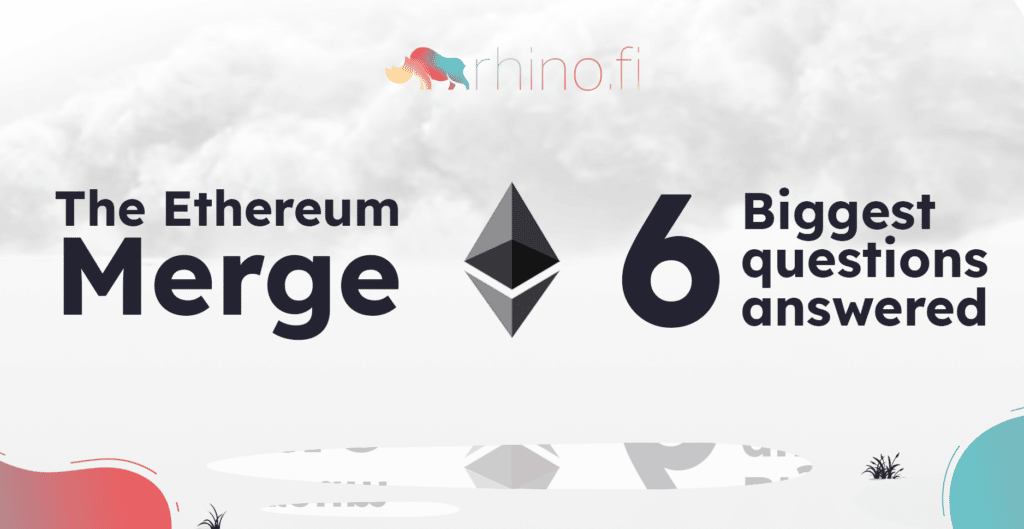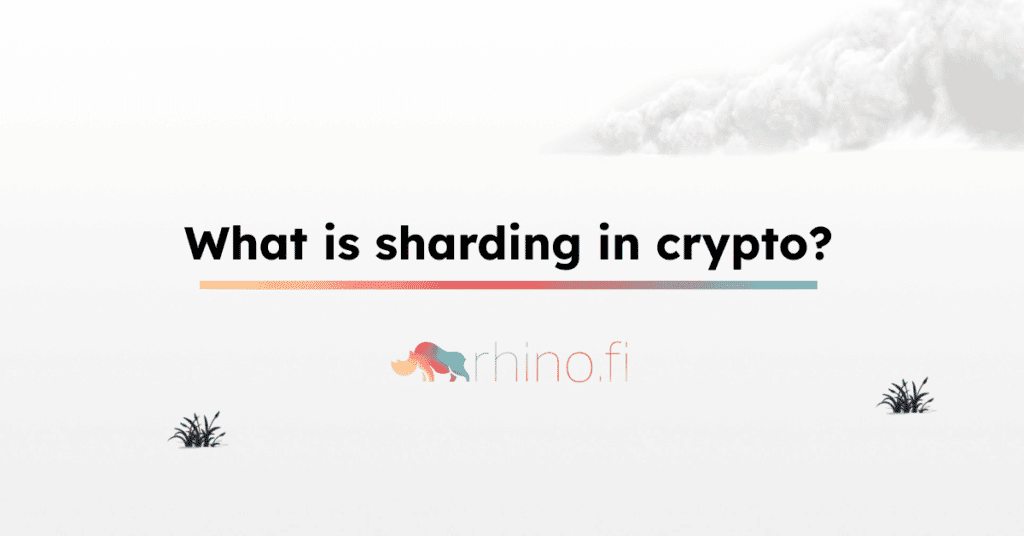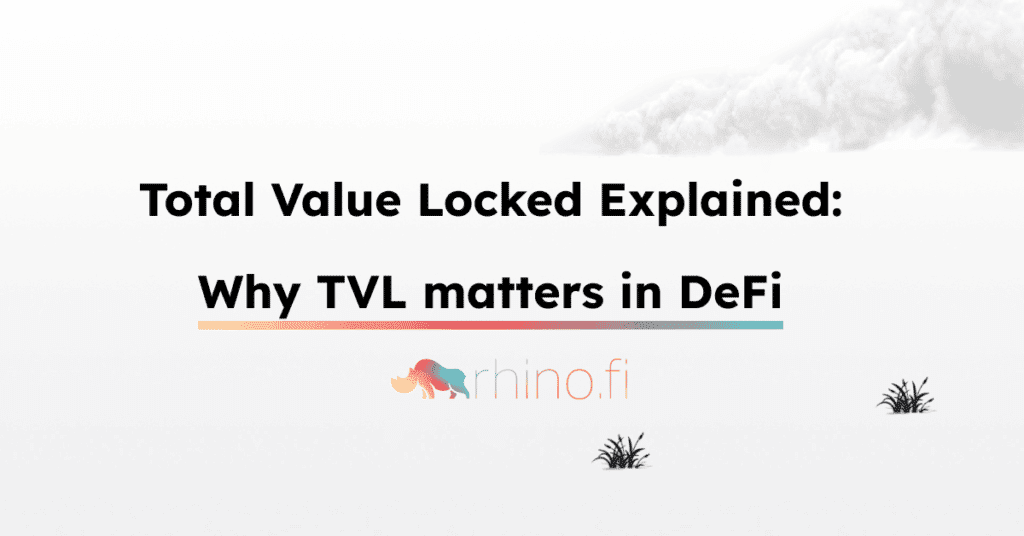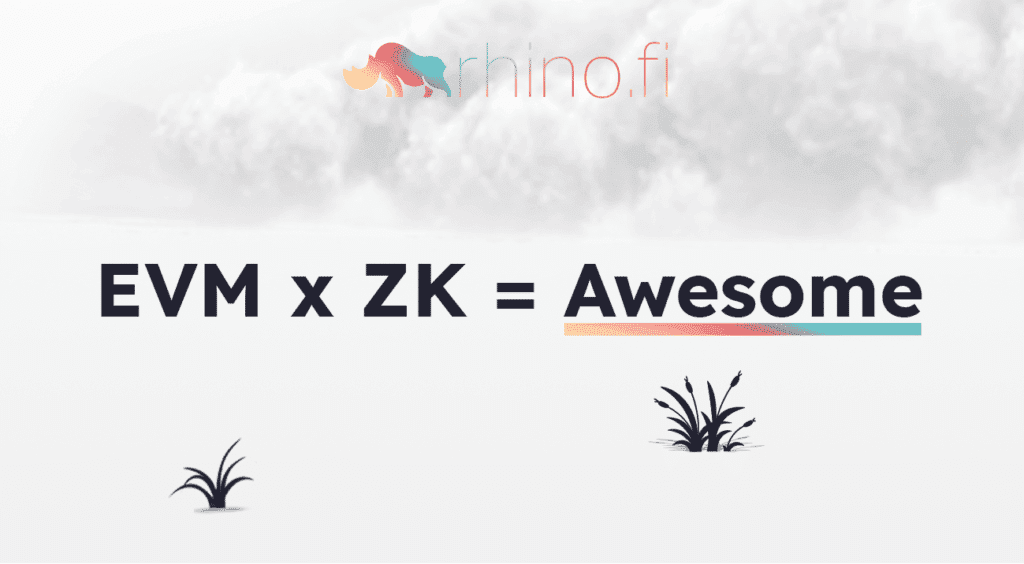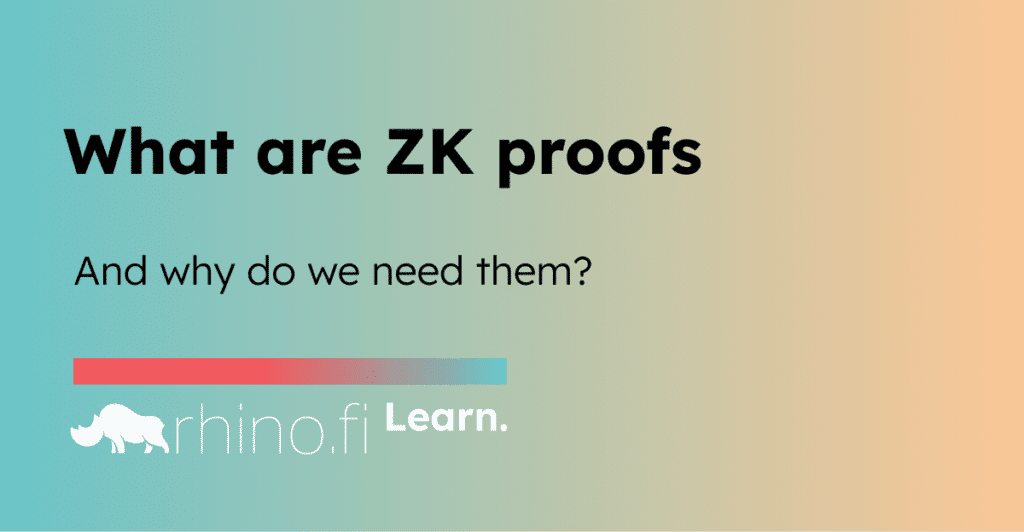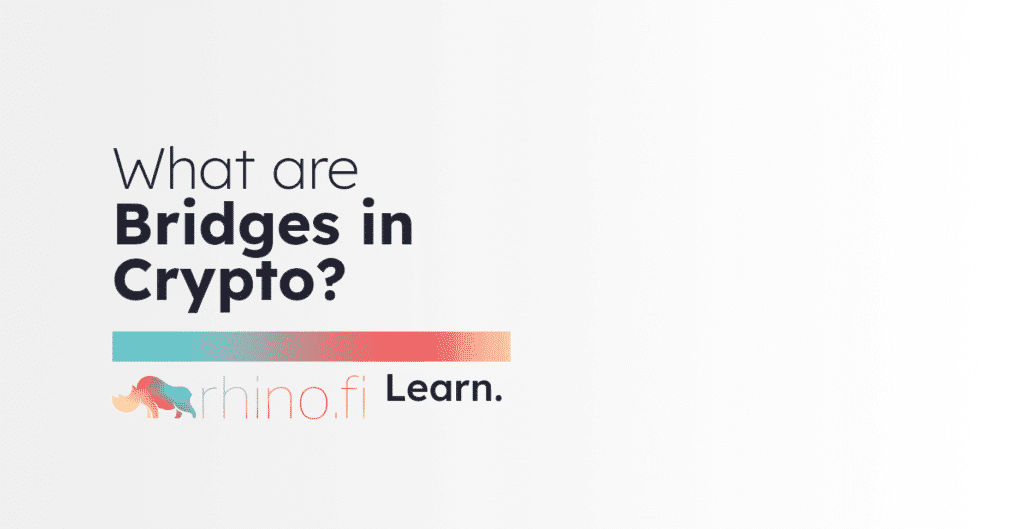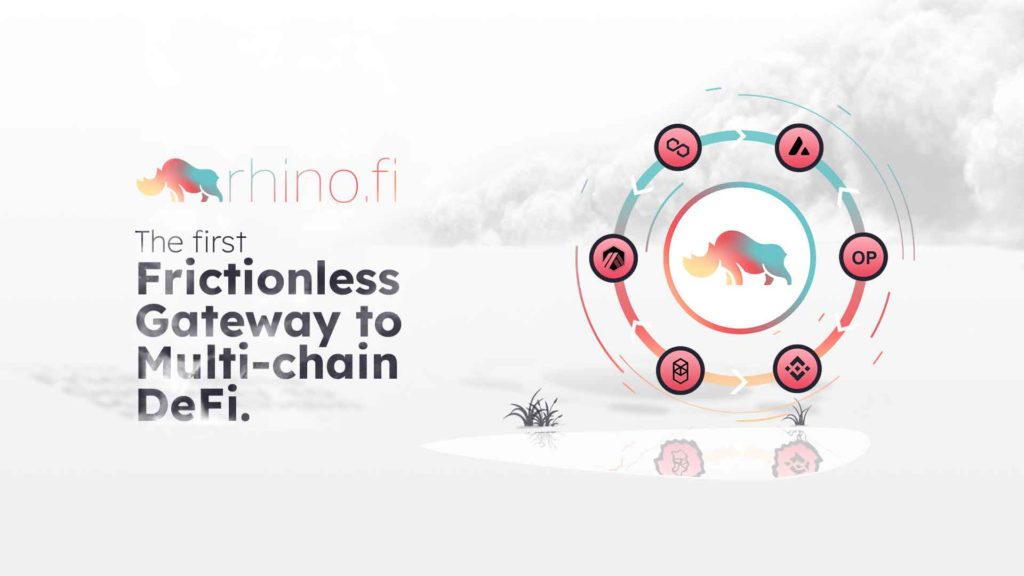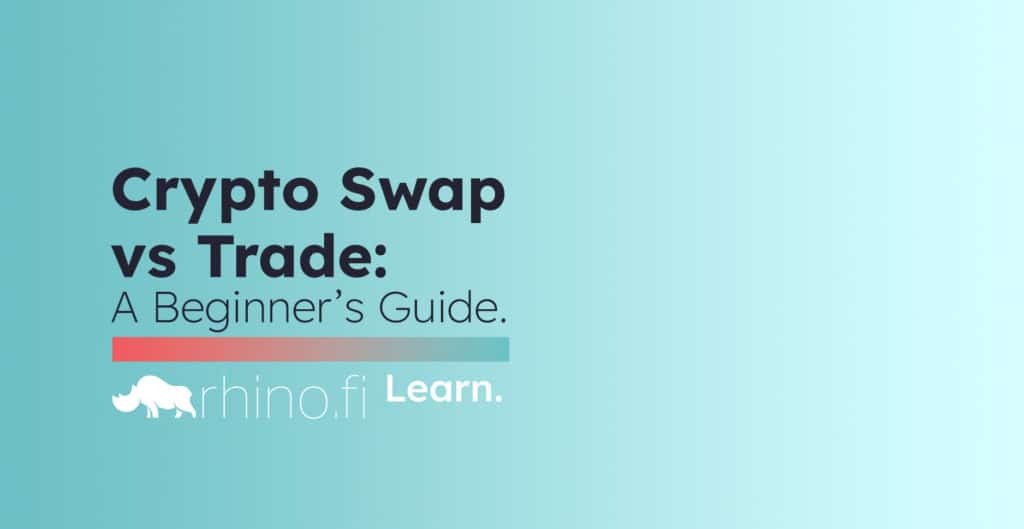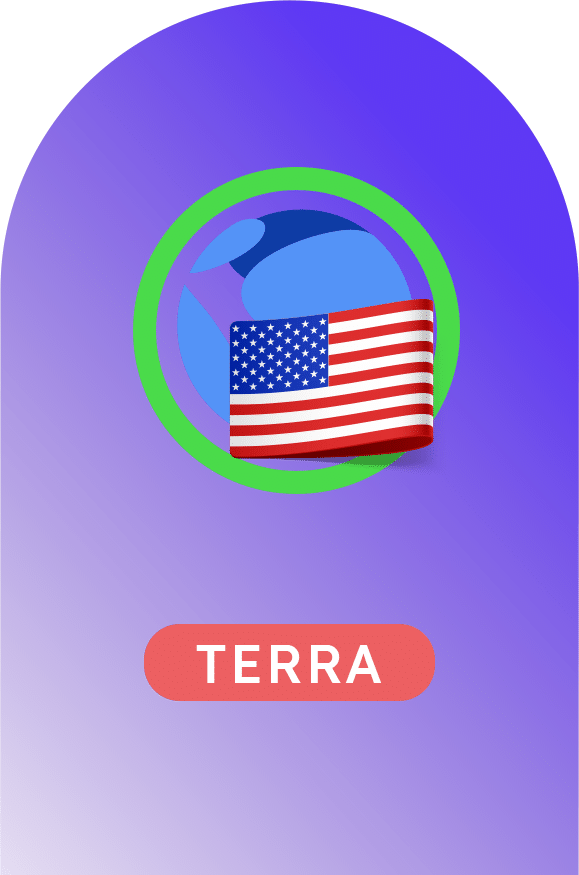The Ethereum Merge: The six biggest questions, answered
The Ethereum Merge has been described as the most significant update in crypto history, and is expected to play a key role in helping blockchain technology achieve mass adoption. Naturally, this topic has received a flurry of questions. People want to know how the layer 1 Ethereum blockchain will be affected, what the next steps […]
The Ethereum Merge: The six biggest questions, answered Read More »
